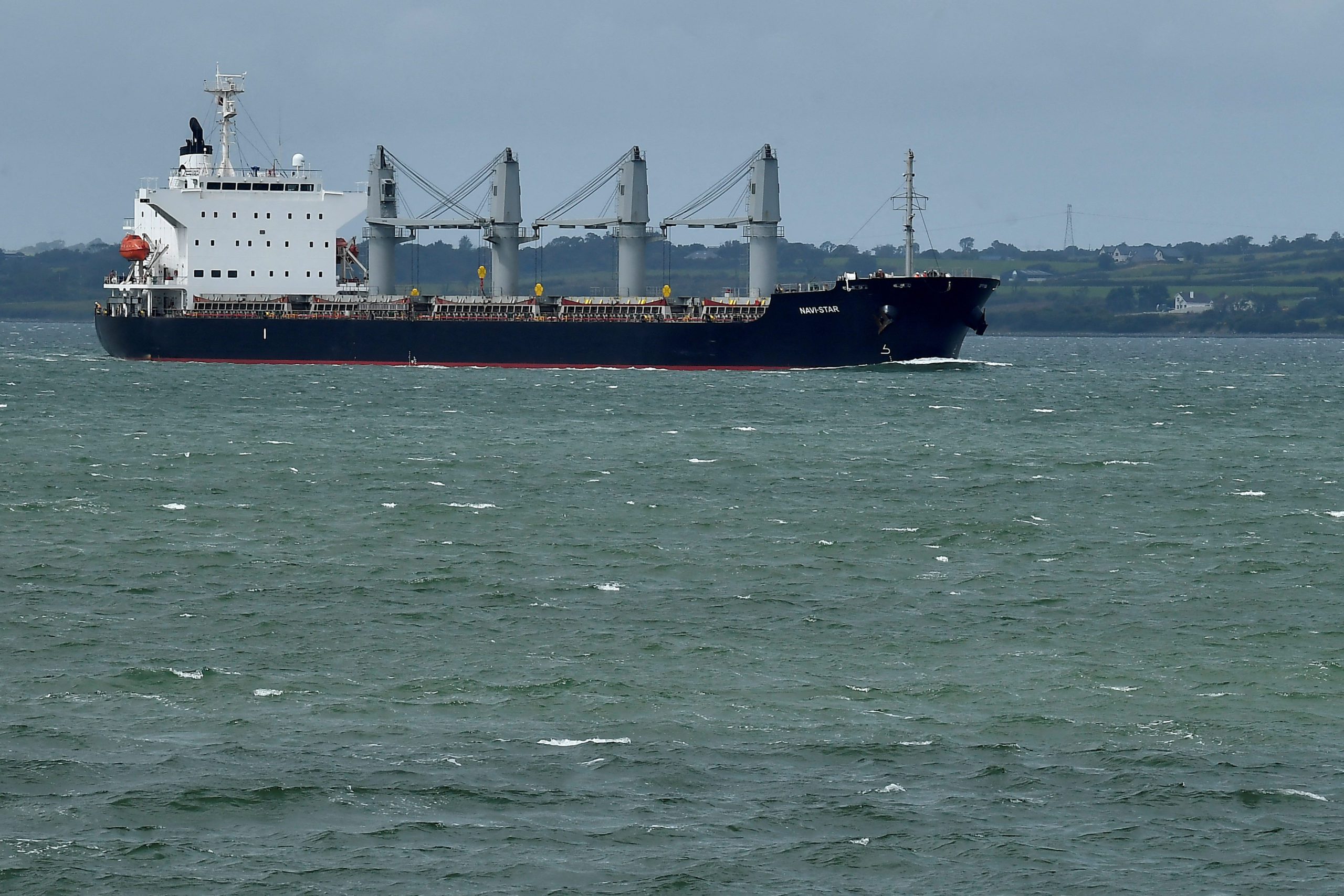With the ongoing Suez Canal diversions, container shipping costs are expected to rise as long as the risks to shipping remain. However, shipping industry experts at UK-based Drewry Shipping Consultancy believe trade will adapt, even if it means longer transit times.
Due to Houthi attacks on shipping in the Red Sea and Gulf of Aden, liners are currently grappling with the challenges of rerouting Asia-North Europe services, trying to find a balance that minimizes additional time, disruption, and cost. Recent data from Drewry show that Suez transits in the first two weeks of 2024 were down by 64% compared to the same period last year, while Cape transits increased by a massive 168%.
The diversion via the Cape of Good Hope inevitably adds extra nautical miles—Singapore to Rotterdam via the Cape without any intermediate stops is nearly 3,600 nautical miles longer than going via the Suez Canal. To maintain usual transit times when rerouting via the Cape of Good Hope, carriers can opt to steam at faster speeds. However, this brings significant additional costs, primarily for fuel and vessels, which may not be recouped from higher freight rates.
Drewry analyzed several scenarios of round voyage costs, assuming no change in fuel prices or port rotations other than the Cape rerouting. One scenario involves maintaining a similar speed from the last Asian port to the first European port and would require two additional container ships to maintain a weekly frequency. This scenario adds 33% to the fuel bill and 18% to vessel costs but is nearly offset by canal toll savings, resulting in a 3% increase in total round voyage cost.
Another scenario involves maintaining similar transit times, requiring an increase in speed by over 5 knots, effectively doubling the total round voyage fuel cost and leading to a 21% increase in total round voyage cost.
The consultancy believes carriers will likely adopt strategies somewhere between these two scenarios. However, the diversion will— inevitably—bring additional costs.
Drewry notes that there are ways to keep transit times between key ports competitive, like cutting smaller ports and changing the sequencing so that bigger ports at both ends of the service are closer in rotation. Regional coverage will also likely be reshaped. For example, some Asia to North Europe services that previously stopped in the East Mediterranean, including Piraeus in Greece, aren’t feasible via the Cape due to the extra distance and time. Therefore, East Med region will likely be served more by trans-shipment via westerly hubs in the basin.
Despite the predicted minimal increase in round voyage costs, market freight rates on Asia to Europe trades have soared. Drewry’s World Container Index (WCI) Shanghai to Rotterdam subset increased by 246% since major carriers first announced diversions in mid-December.
Shipping disruptions are a “proven recipe” to increase freight rates and potentially lead to port congestion and equipment shortages, impacting global supply chains. The initial impact may be severe, but due to the market’s overcapacity the situation should ease once ships are repositioned and liner networks recalibrate. Drewry warns that the world economy could be more affected by higher energy costs than freight rates, especially if regional situations escalate and dramatically increase oil prices.
In the worst-case scenario, if the Suez Canal is avoided for all of 2024, the effective capacity could be reduced by about 9%, according to Drewry. This would still indicate a heavily oversupplied market. However, the impact will vary across different trades, and globally, it will not entirely reverse the supply and demand dynamics.
Drewry stresses that the biggest unknown is how long the crisis will last. If trade starts to flow through the Suez again soon, normal market dynamics will quickly return, and prices will drop. However, carriers are unlikely to resume Suez Canal transits until the risk of attack has been eliminated, which Drewry believes seems more likely to take months rather than weeks.
Drewry’s full analysis and outlook for the container shipping market can be found on in latest Container Forecaster report.

 Join The Club
Join The Club










